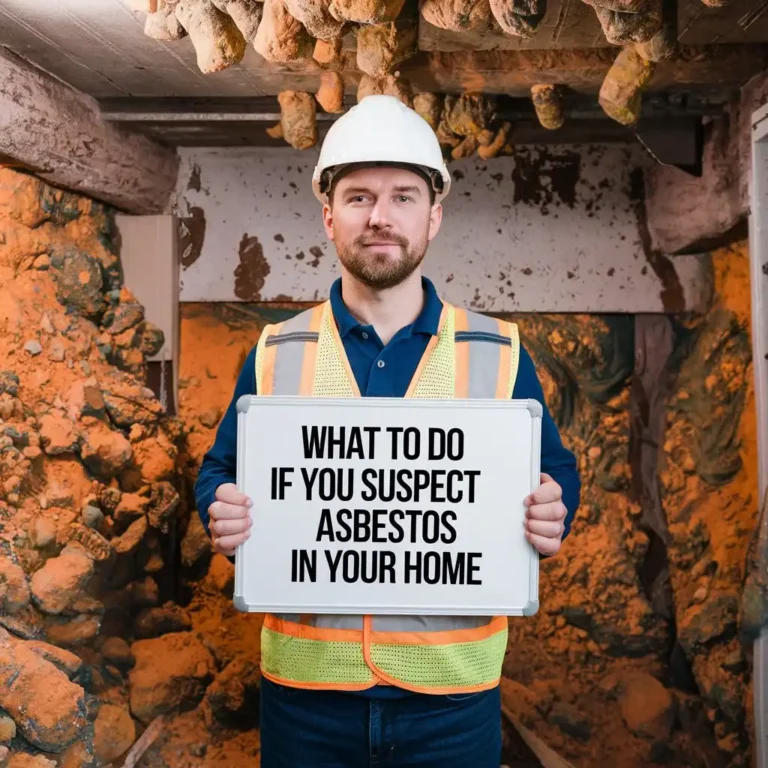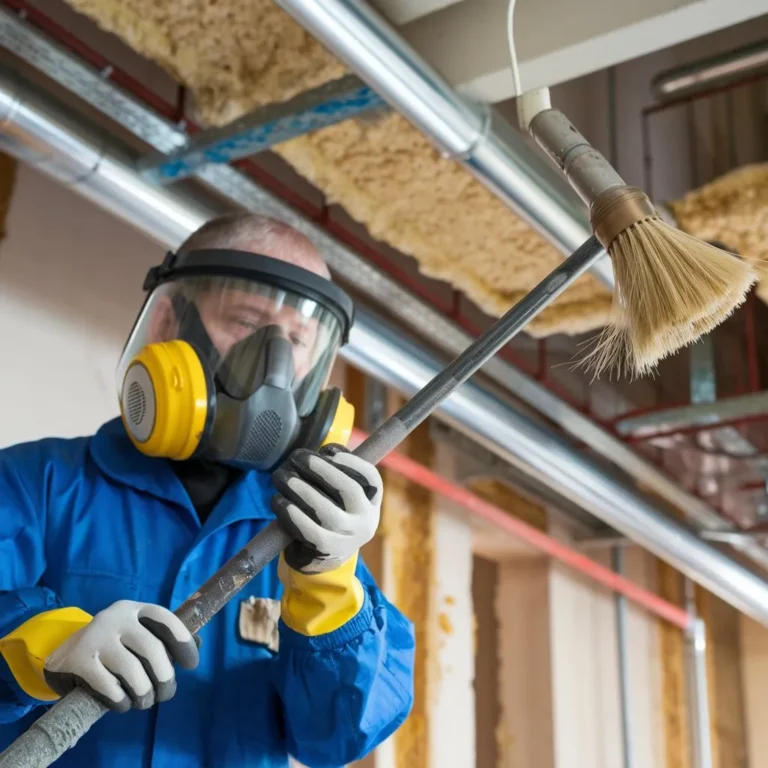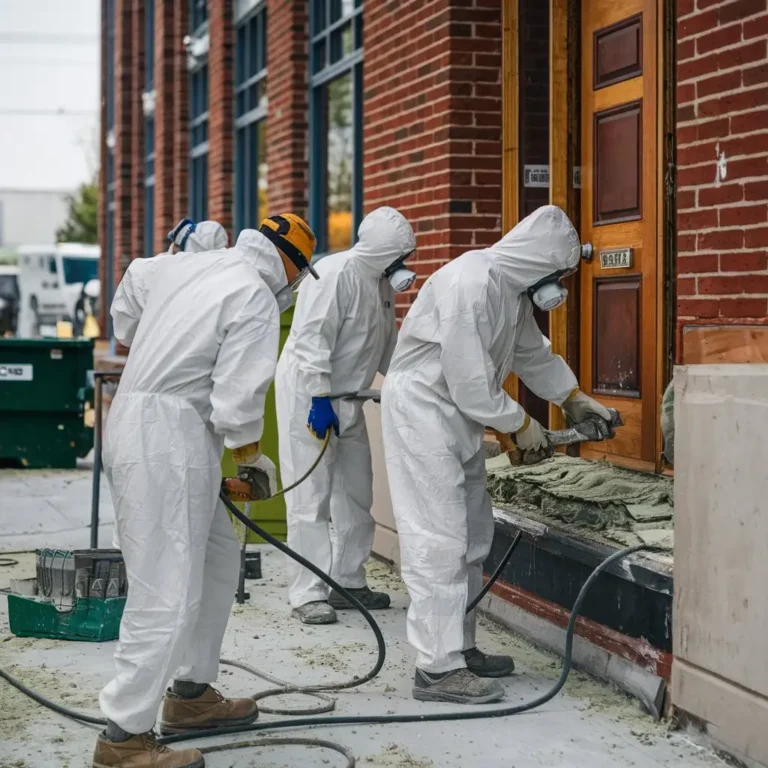Is Asbestos Harmful? The Hidden Dangers You Need to Know
Yes, asbestos is harmful. Exposure to asbestos can lead to severe health problems, including lung diseases and cancer. Asbestos fibers, when inhaled, stay in the body for years, leading to long-term damage. Even minimal exposure over time can be dangerous. This article explores why asbestos is hazardous, its symptoms, and how to prevent exposure.
Why Asbestos is Dangerous
Asbestos is a mineral found naturally in the earth. For decades, it was used in construction, insulation, and manufacturing due to its heat resistance and durability. However, when asbestos-containing materials are disturbed, they release tiny fibers into the air. These fibers are so small that they can be inhaled without being noticed.
Once inside the lungs, asbestos fibers cause scarring and inflammation. This can lead to severe diseases, including:
- Asbestosis: A chronic lung condition causing scarring and breathing difficulties.
- Lung Cancer: Exposure to asbestos significantly increases lung cancer risk.
- Mesothelioma: A rare and aggressive cancer affecting the lining of the lungs or abdomen.
- Pleural Disease: Thickening or fluid buildup in the lungs, reducing lung function.
Many asbestos-related diseases take years or even decades to develop, making early exposure dangerous even if symptoms do not appear immediately.
Common Symptoms of Asbestos Exposure
Exposure to asbestos does not cause immediate symptoms. However, over time, prolonged exposure can lead to serious health problems. Here are some common symptoms:
1. Shortness of Breath
Lung scarring caused by asbestos makes it harder for oxygen to pass into the bloodstream. As a result, people exposed to asbestos often feel short of breath, especially during physical activity.
2. Persistent Cough
A dry, persistent cough that does not go away is a common symptom of asbestos exposure. This occurs due to lung irritation and inflammation.
3. Chest Pain
Chest discomfort or tightness is another symptom. Asbestos-related diseases like pleural thickening and mesothelioma can cause pain in the chest or lower back.
4. Fatigue
Asbestos exposure can lead to constant tiredness due to reduced oxygen levels in the body. The scarring in the lungs makes it harder for the body to get enough oxygen, leading to exhaustion.
5. Swollen Fingers or Toes
Clubbing, where fingertips or toes swell and become rounded, is a sign of reduced oxygen in the blood. This condition often occurs in people with lung diseases caused by asbestos.
What is Asbestos Poisoning?
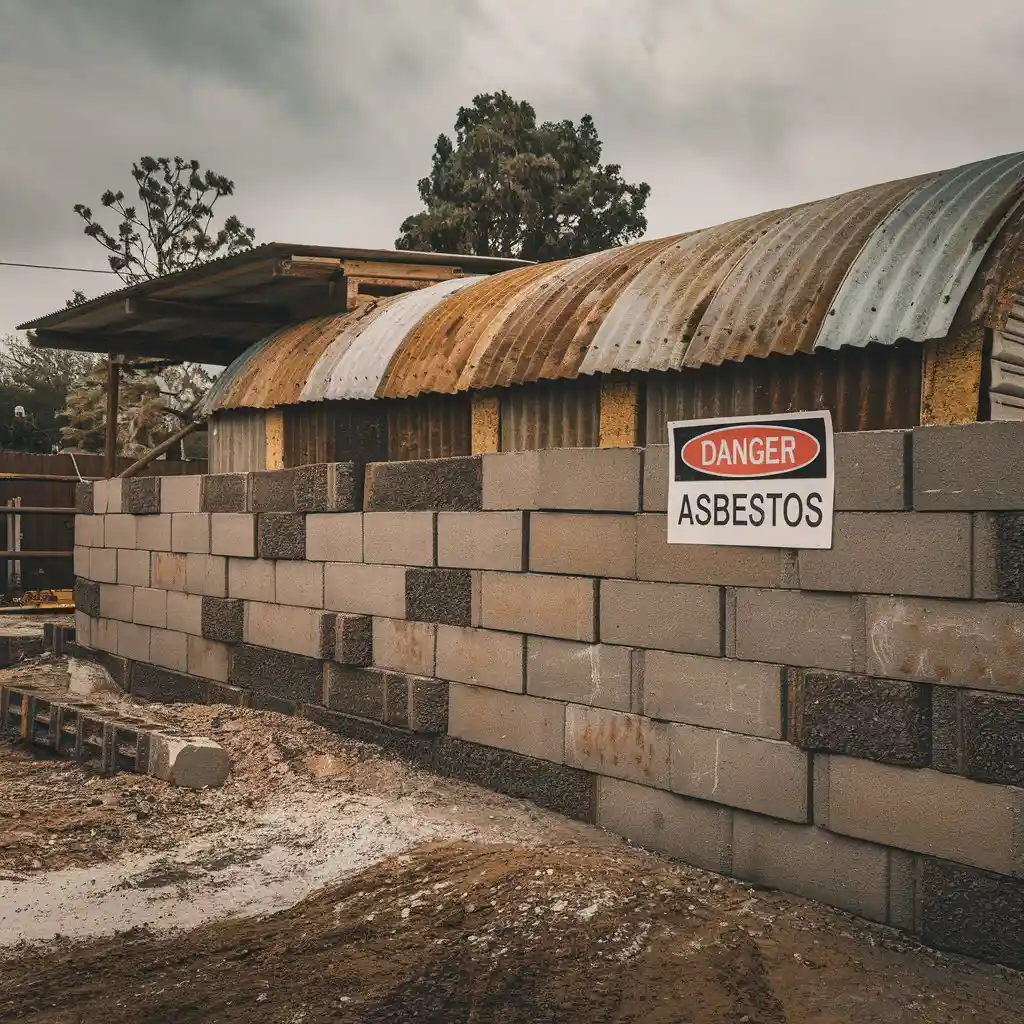
Asbestos poisoning, also known as asbestosis, occurs when asbestos fibers build up in the lungs. Over time, these fibers cause inflammation and scarring, making it harder to breathe. Unlike other lung diseases, asbestosis is progressive, meaning it gets worse over time.
Symptoms of asbestosis include:
- Difficulty breathing
- Chronic cough
- Chest pain
- Loss of appetite
- Unexplained weight loss
There is no cure for asbestosis, but treatments can help manage symptoms and improve quality of life.
Which Body Organ is Damaged Most by Asbestos?
The lungs are the most affected organ. When asbestos fibers are inhaled, they become lodged in lung tissue, leading to scarring and inflammation. Over time, this can result in serious respiratory diseases, including lung cancer and mesothelioma.
In some cases, asbestos exposure can also affect the digestive system. Swallowed asbestos fibers may contribute to cancers of the stomach and intestines, though this is less common than lung-related diseases.
Why Asbestos Exposure is Still a Risk Today
Even though asbestos is banned or restricted in many countries, it remains present in older buildings, homes, and industrial sites. Common places where asbestos may still be found include:
- Older homes and buildings (built before the 1980s)
- Roofing and insulation materials
- Pipes and cement products
- Brake pads and clutches in older vehicles
Renovation, demolition, or damage to these materials can release asbestos fibers into the air, putting workers and homeowners at risk.
Can Asbestos Exposure Be Prevented?
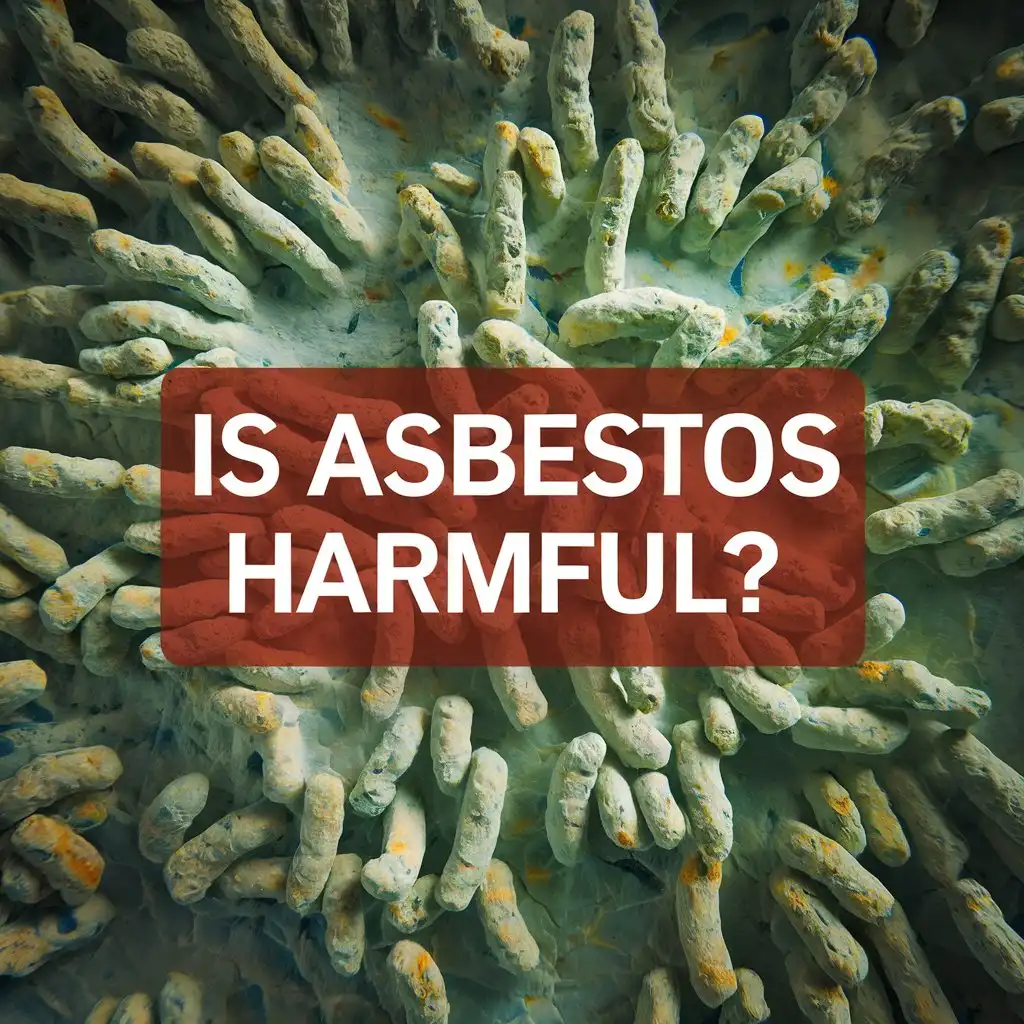
Yes, asbestos exposure can be prevented with proper precautions:
1. Identify Asbestos in Buildings
If you live or work in an older building, have it tested for asbestos before starting renovations.
2. Hire Certified Asbestos Professionals
Never attempt to remove asbestos yourself. Licensed professionals have the proper equipment and training to handle asbestos safely.
3. Use Protective Gear
Workers in industries dealing with asbestos should wear protective clothing, masks, and gloves to reduce exposure.
4. Follow Safe Disposal Methods
Asbestos waste should be sealed in approved containers and disposed of at designated facilities to prevent fiber release.
Frequently Asked Questions (FAQs)
Would a House Built in 1976 Have Asbestos?
Yes, homes built before 1980 are likely to contain asbestos in insulation, floor tiles, and roofing materials. Testing is necessary before renovations.
How Long Can I Store Asbestos Waste?
Asbestos waste should be disposed of as soon as possible at a licensed facility. Long-term storage increases the risk of fiber release.
Can You Sell a House with Asbestos in Ohio?
Yes, but sellers must disclose asbestos presence. Buyers may require asbestos testing and removal before purchasing the home.
History of Asbestos
Asbestos use dates back thousands of years. It became widely used in the 19th and 20th centuries for insulation and fireproofing. Health risks led to bans and restrictions in many countries by the late 20th century.
What to Do If You Suspect Asbestos in Your Home
- Avoid disturbing the material.
- Contact an asbestos professional for testing.
- Follow safety guidelines for removal if asbestos is confirmed.
Methods of Asbestos Monitoring
- Air Sampling: Checks for airborne fibers.
- Bulk Sampling: Tests materials for asbestos content.
- Fiber Counting: Measures fiber concentration in air samples.
Conclusion
Asbestos exposure is a serious health risk. It can lead to lung diseases and cancer, with symptoms appearing decades after exposure. If you suspect asbestos in your home or workplace, take necessary precautions to prevent exposure. Professional testing and asbestos removal are the safest ways to handle asbestos-containing materials.
